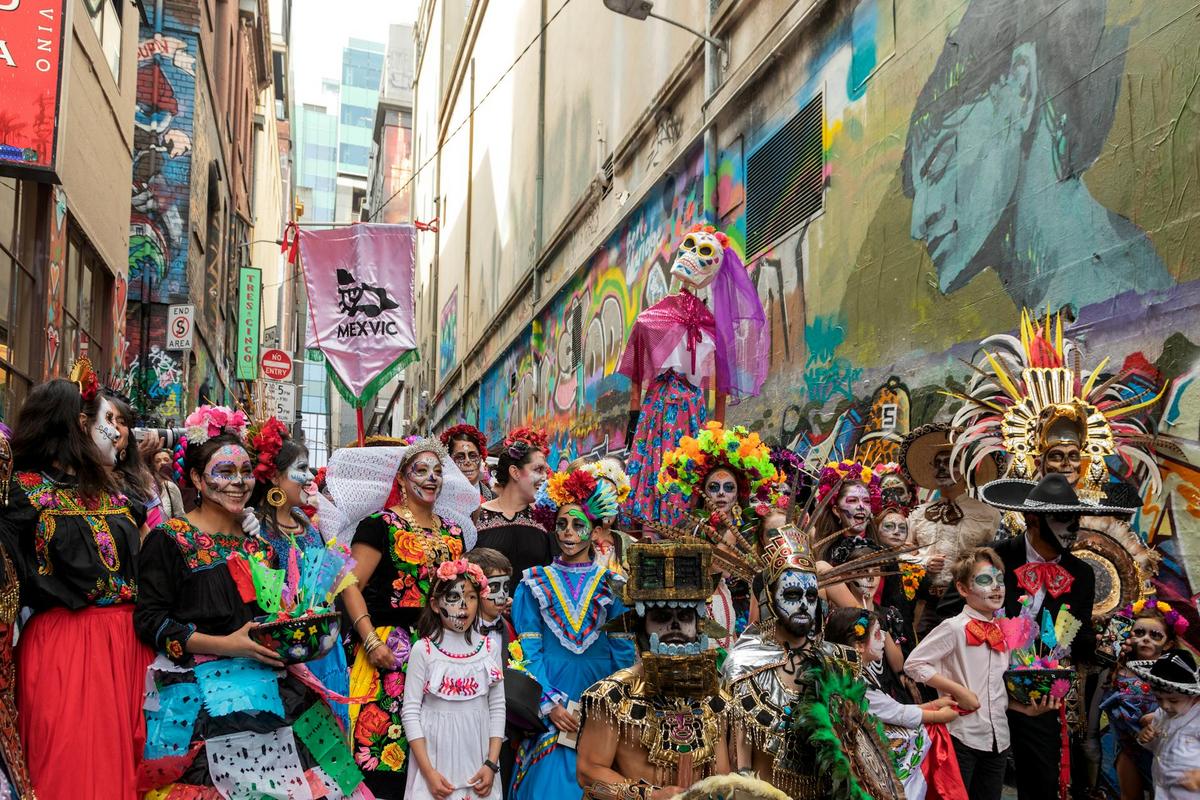
The Digital Age of Folk: Preserving Traditional Sounds Online
Amidst the rapid evolution of technology, the preservation of folk music has found a new lease on life through digital platforms. This juxtaposition of traditional sounds with modern technology raises intriguing questions about how we maintain cultural heritage in the digital age.
Folk music, with its rich history and cultural significance, has always been an essential part of human expression. Today, as the world becomes more interconnected, the role of the internet in preserving these traditional sounds has never been more crucial.
The Digital Transformation of Folk Music
Digital platforms offer a unique opportunity for folk music to reach a global audience. According to a study by the International Federation of the Phonographic Industry, streaming services have grown by over 32% in recent years, providing artists with unprecedented access to listeners worldwide.
Expert Insights
“The digital age democratizes music distribution, allowing niche genres like folk to find new listeners,” says ethnomusicologist Dr. Emily Thompson.
Real Stories and Personal Connections
Consider the story of Carlos, a folk musician from Portugal, who used online platforms to share his fado music with audiences across continents. His success story illustrates how the internet can bridge cultural gaps and introduce traditional sounds to new ears.
Preservation through Collaboration
Collaborative projects are thriving online, with musicians from different backgrounds joining forces to create unique blends of traditional and contemporary styles. These collaborations not only preserve traditional sounds but also innovate and adapt them for modern audiences.
Actionable Tips for Folk Musicians
- Utilize social media platforms to share your music and engage with a global audience.
- Collaborate with other artists to create fusion projects that highlight traditional sounds.
- Participate in online communities and forums dedicated to folk music to stay connected and inspired.
A Comparative Look: Digital vs. Traditional
| Aspect | Digital Platforms | Traditional Methods |
|---|---|---|
| Reach | Global | Local |
| Cost | Low | High |
| Preservation | High (Digital Archives) | Moderate |
| Collaboration | Easy | Difficult |
| Innovation | High | Low |
| Accessibility | Wide | Limited |
| Feedback | Instant | Delayed |
| Monetization | Varied | Limited |
Frequently Asked Questions
How can digital platforms help preserve folk music?
Digital platforms allow musicians to store, share, and promote their music globally, ensuring that traditional sounds reach new audiences and remain accessible for future generations.
What are some popular digital platforms for folk musicians?
Musicians often use streaming services, social media, and dedicated music repositories to share their work with a broader audience.
Conclusion
The digital age offers an exciting avenue for the preservation and evolution of folk music. By embracing technology, musicians can ensure that their traditional sounds continue to resonate with audiences worldwide. Whether through collaboration, innovation, or sharing, the opportunities to preserve folk music online are abundant and transformative, paving the way for a future where traditional sounds are cherished and celebrated.


